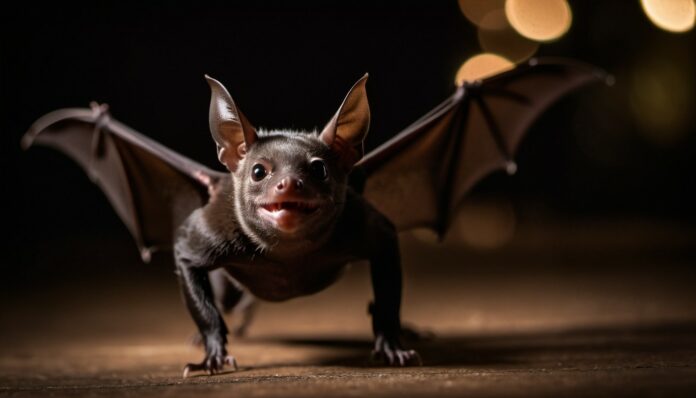The animal kingdom is full of incredible creatures, each with its unique abilities. Some animals are known for their remarkable speed, while others are famous for their leisurely pace. Here, we will explore both the fastest and the slowest creatures in the world, showcasing their fascinating adaptations and lifestyles.
Fastest Creatures in the World
Peregrine Falcon
Speed: Up to 240 mph (386 km/h) during a dive
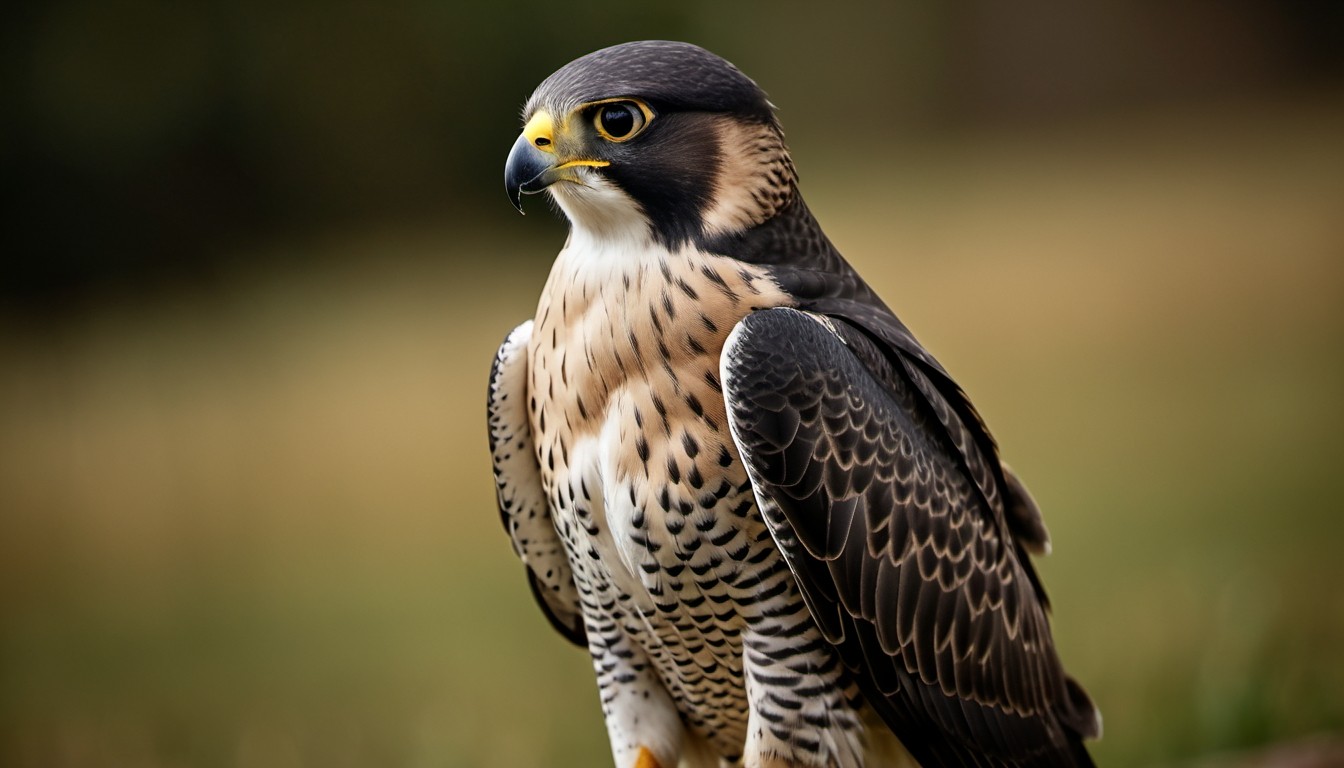
The peregrine falcon is the fastest animal in the world. When it dives to catch prey, it can reach astonishing speeds. This bird of prey uses its incredible velocity and sharp talons to hunt with precision.
Cheetah
Speed: Up to 70 mph (112 km/h)
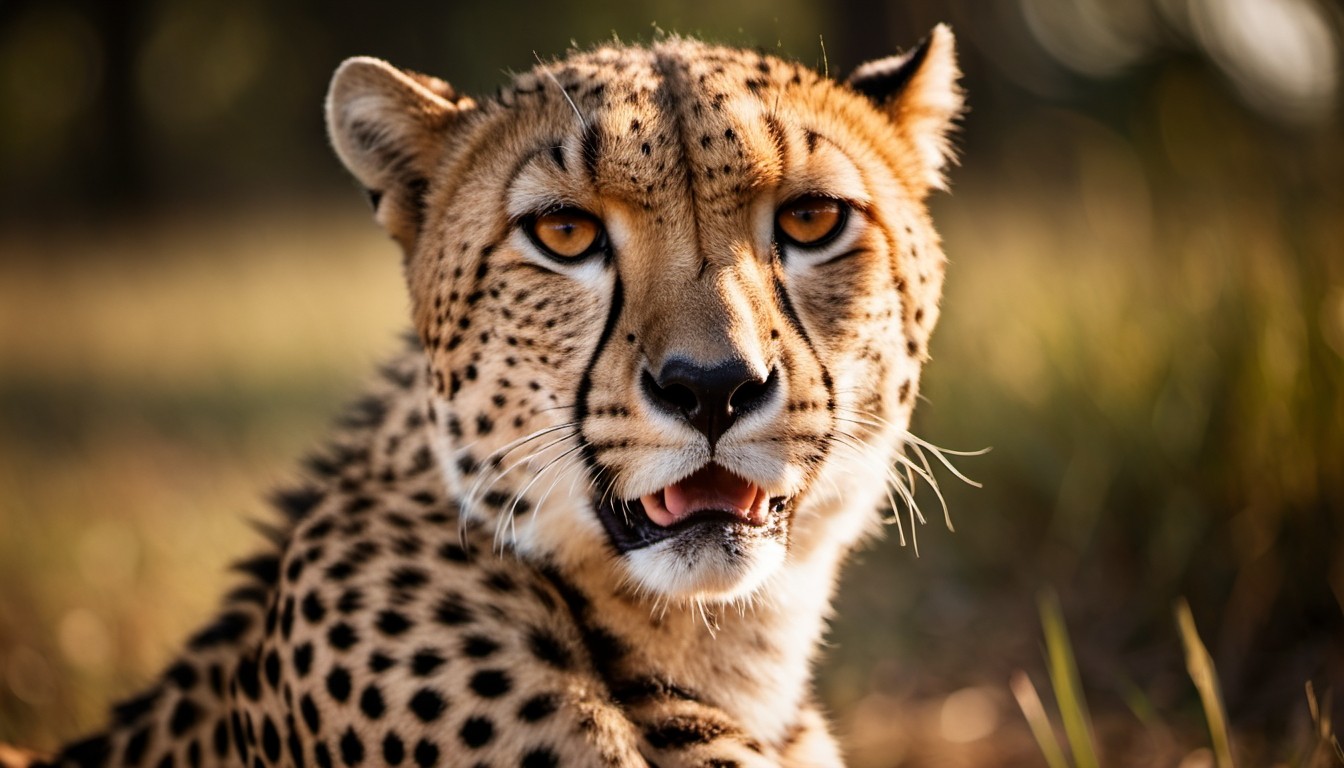
The cheetah is the fastest land animal. It can sprint at high speeds for short distances, allowing it to catch swift prey. The cheetah’s slender body, long legs, and powerful muscles make it an exceptional runner.
Sailfish
Speed: Up to 68 mph (110 km/h)
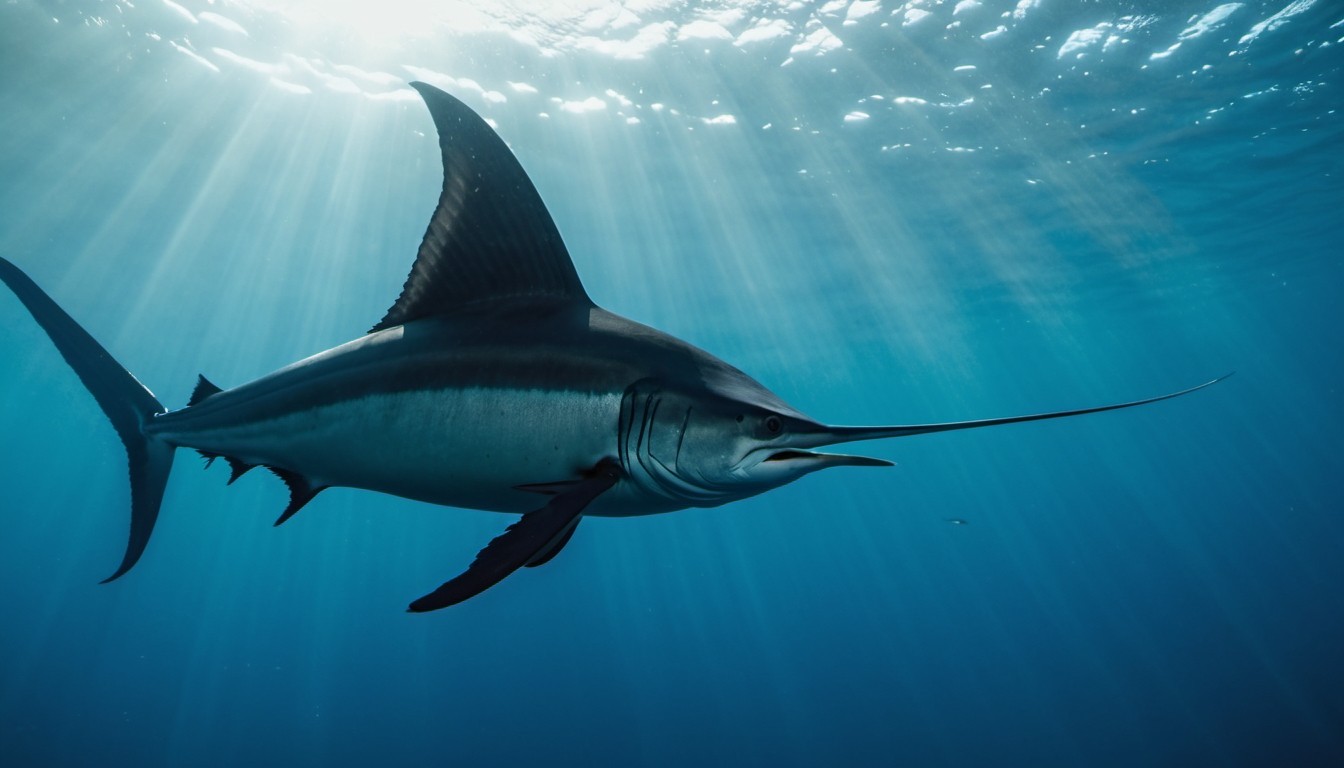
The sailfish is the fastest swimmer in the ocean. Known for its distinctive sail-like dorsal fin, this fish uses its speed to hunt smaller fish. Its streamlined body and strong muscles enable rapid movement through water.
Pronghorn Antelope
Speed: Up to 55 mph (88 km/h)
The pronghorn antelope is the second fastest land animal. It can sustain high speeds over long distances, making it an excellent endurance runner. This ability helps the pronghorn escape predators in the vast plains of North America.
Brazilian Free-Tailed Bat
Speed: Up to 100 mph (160 km/h)
The Brazilian free-tailed bat is one of the fastest flying mammals. It can reach impressive speeds during flight, making it an effective insect hunter. Its aerodynamic body and strong wings contribute to its rapid aerial maneuvers.
Slowest Creatures in the World
Three-Toed Sloth
Speed: 0.24 mph (0.38 km/h)
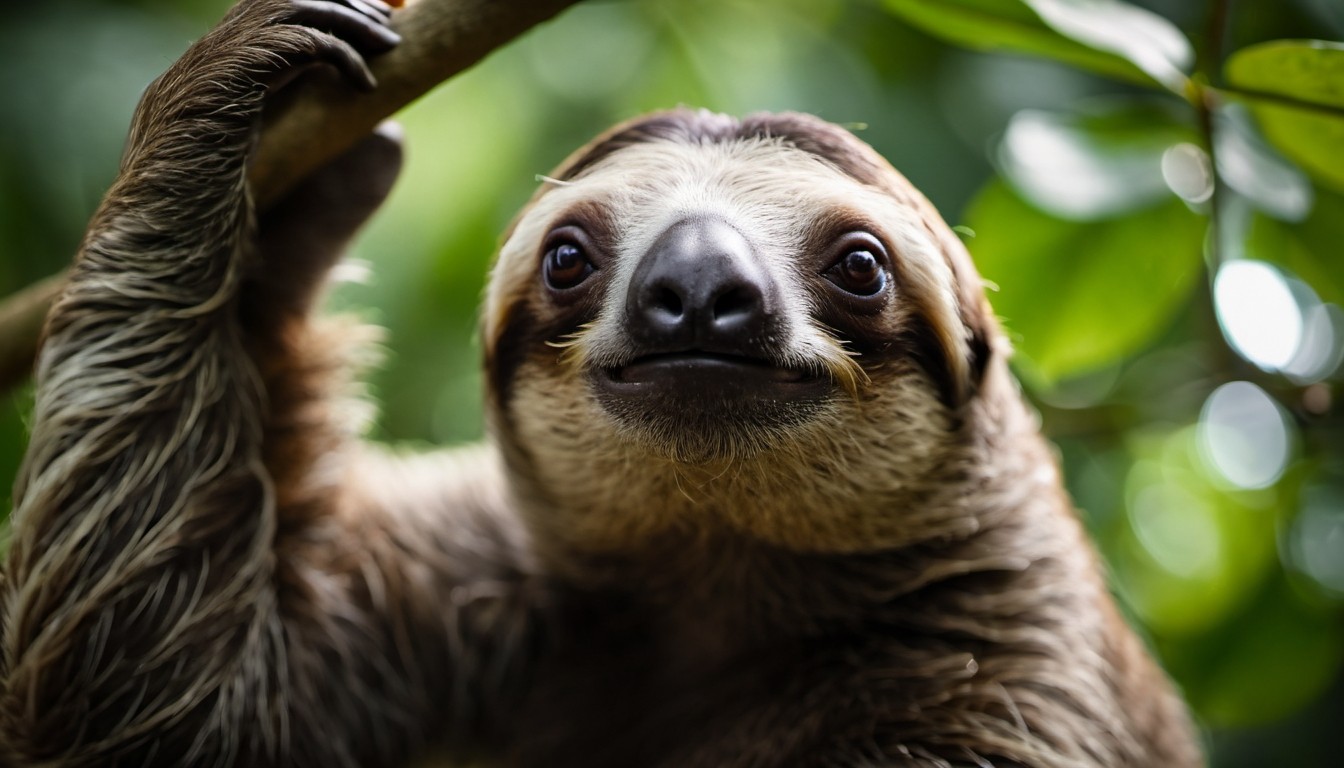 The three-toed sloth is known for its extremely slow movements. This mammal spends most of its life hanging from trees in the rainforests of Central and South America. Its slow pace helps conserve energy and avoid predators.
The three-toed sloth is known for its extremely slow movements. This mammal spends most of its life hanging from trees in the rainforests of Central and South America. Its slow pace helps conserve energy and avoid predators.
Garden Snail
Speed: 0.03 mph (0.048 km/h)
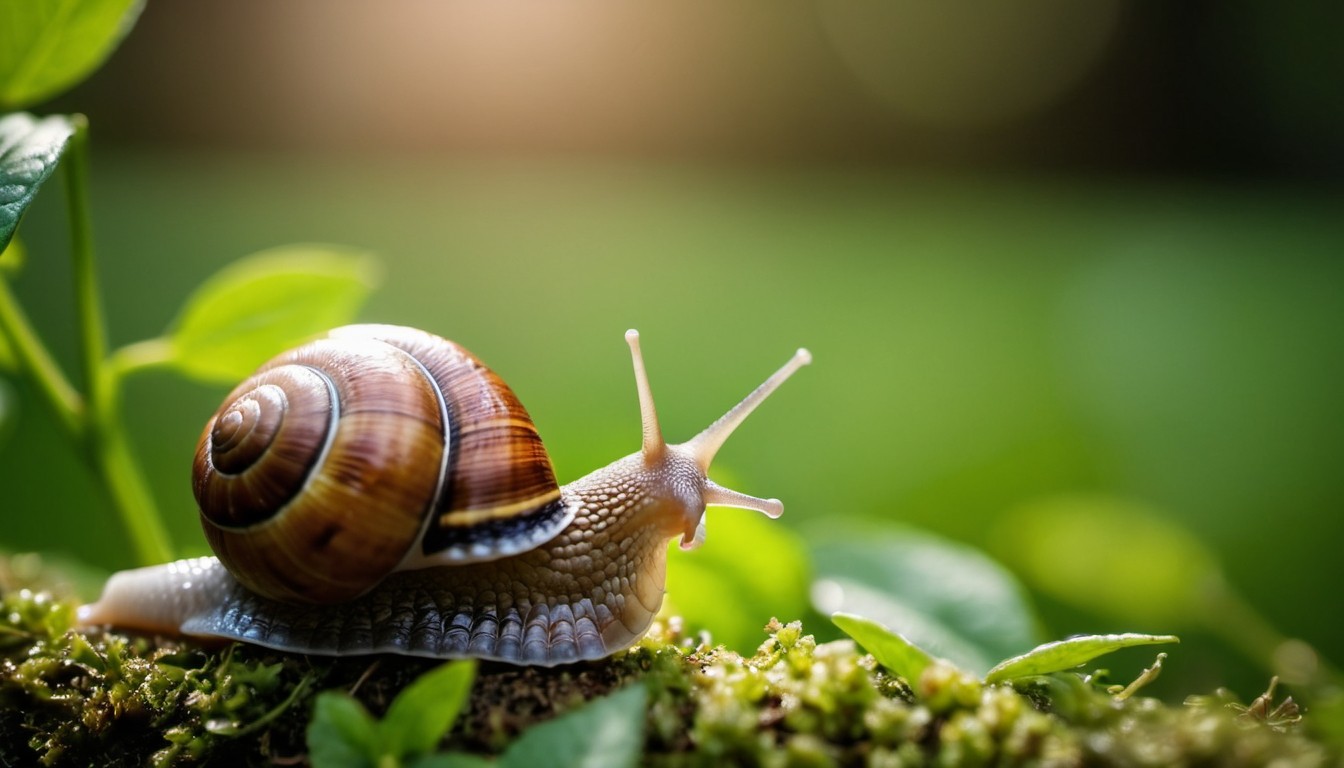
The garden snail is one of the slowest creatures on Earth. It moves at a snail’s pace, using a muscular “foot” to glide along surfaces. Its slow speed is balanced by its ability to retract into its shell for protection.
Starfish
Speed: 0.06 mph (0.097 km/h)
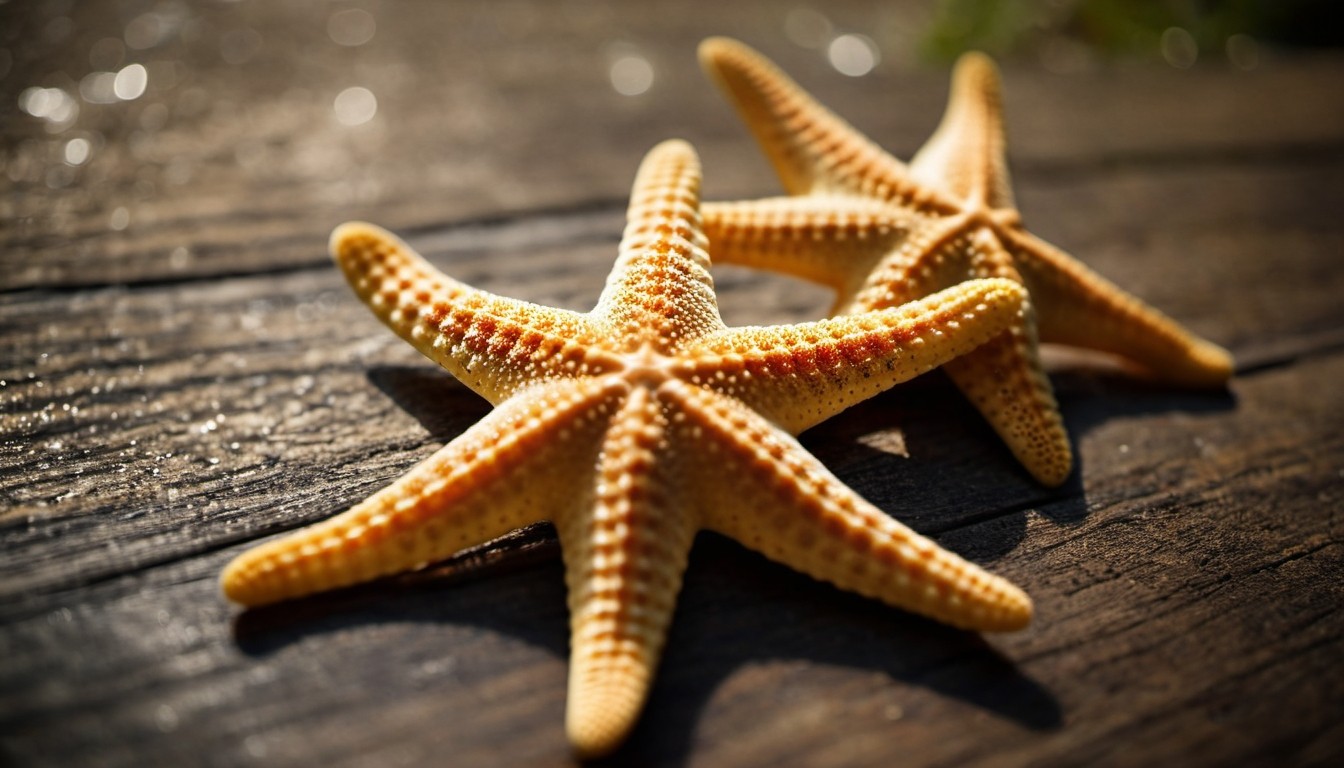
Starfish, or sea stars, are very slow-moving marine animals. They use tiny tube feet located on their underside to move along the ocean floor. Despite their slow pace, starfish are effective hunters of shellfish and other small sea creatures.
Giant Tortoise
Speed: 0.17 mph (0.27 km/h)
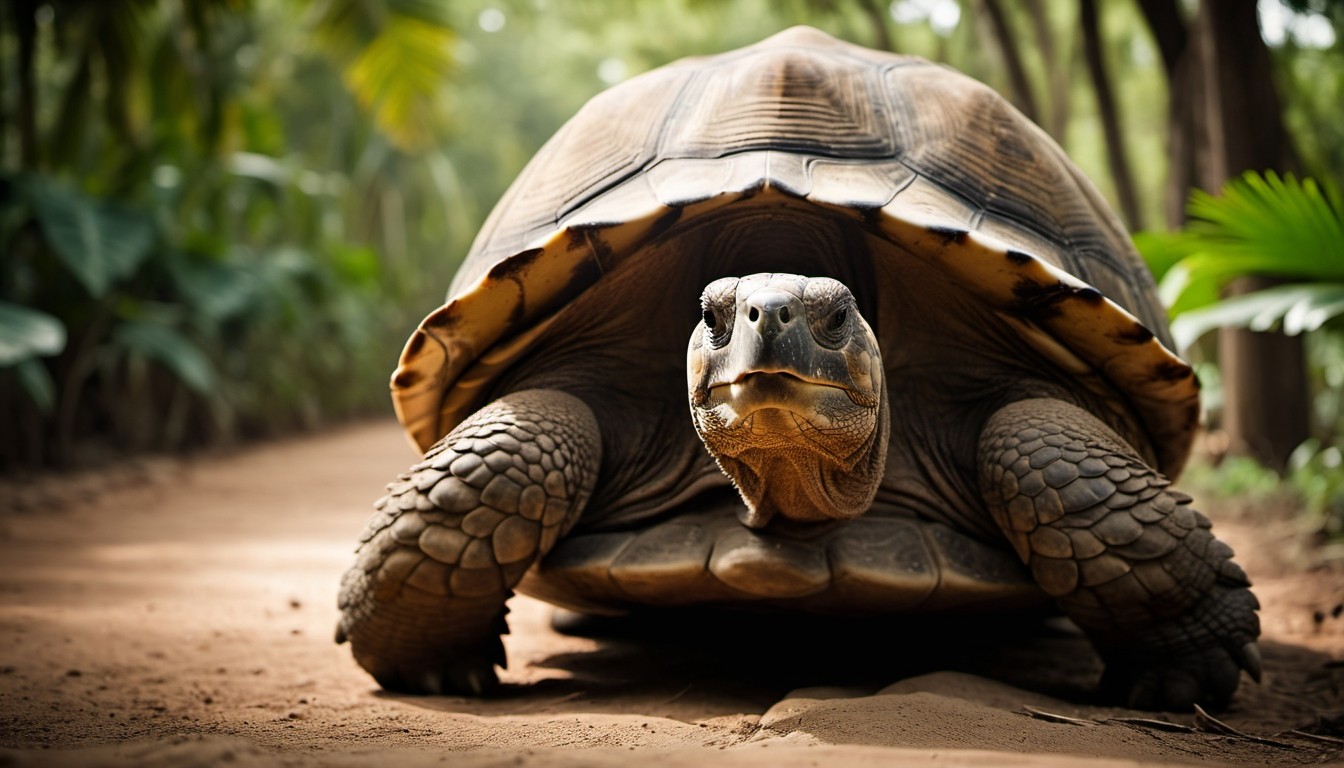 Giant tortoises, like those found in the Galápagos Islands, are famously slow. Their leisurely pace allows them to conserve energy and survive on limited food sources. These tortoises can live for over 100 years, making their slow lifestyle sustainable.
Giant tortoises, like those found in the Galápagos Islands, are famously slow. Their leisurely pace allows them to conserve energy and survive on limited food sources. These tortoises can live for over 100 years, making their slow lifestyle sustainable.
Banana Slug
Speed: 0.01 mph (0.016 km/h)
The banana slug is incredibly slow, moving only a few inches per minute. It glides on a trail of slime, which helps it move and deter predators. This slow pace suits its life in the damp forests of North America.
Interesting Facts About Fast and Slow Creatures
- Peregrine falcons can spot prey from over a mile away.
- Cheetahs accelerate faster than most sports cars.
- Sailfish use their speed to herd schools of fish.
- Pronghorn antelopes can run at high speeds for over 20 minutes.
- Brazilian free-tailed bats use echolocation to hunt insects at night.
- Three-toed sloths spend up to 20 hours a day sleeping.
- Garden snails have thousands of tiny teeth on their radula.
- Starfish can regenerate lost arms.
- Giant tortoises can go without food or water for up to a year.
- Banana slugs help decompose dead plant material in forests.
- Peregrine falcons have special bones in their nostrils to manage airflow at high speeds.
- Cheetah’s claws are non-retractable, providing better grip while running.
- Sailfish change color to confuse their prey during hunting.
- Pronghorn antelopes have large eyes, providing a wide field of vision.
- Brazilian free-tailed bats migrate over long distances seasonally.
- Three-toed sloths have a symbiotic relationship with algae that grow on their fur.
- Garden snails can hibernate for up to three years.
- Starfish have no brain but use a complex nervous system.
- Giant tortoises can store food and water in their bodies.
- Banana slugs produce a sticky mucus that helps them deter predators.
- Peregrine falcons are found on every continent except Antarctica.
- Cheetahs have black “tear marks” that help reduce glare from the sun.
- Sailfish are known for their spectacular leaping ability.
- Pronghorn antelopes are the fastest animals in North America.
- Brazilian free-tailed bats have a lifespan of up to 12 years.
- Three-toed sloths have very low metabolic rates.
- Garden snails can regenerate their shells if damaged.
- Starfish can live up to 35 years in the wild.
- Giant tortoises can weigh over 500 pounds.
- Banana slugs have both male and female reproductive organs.
The animal kingdom showcases an incredible range of speeds, from the lightning-fast peregrine falcon to the leisurely banana slug. Each creature’s speed, or lack thereof, plays a crucial role in its survival and adaptation to its environment. Whether swift or slow, these animals are fascinating examples of nature’s diversity and ingenuity.
